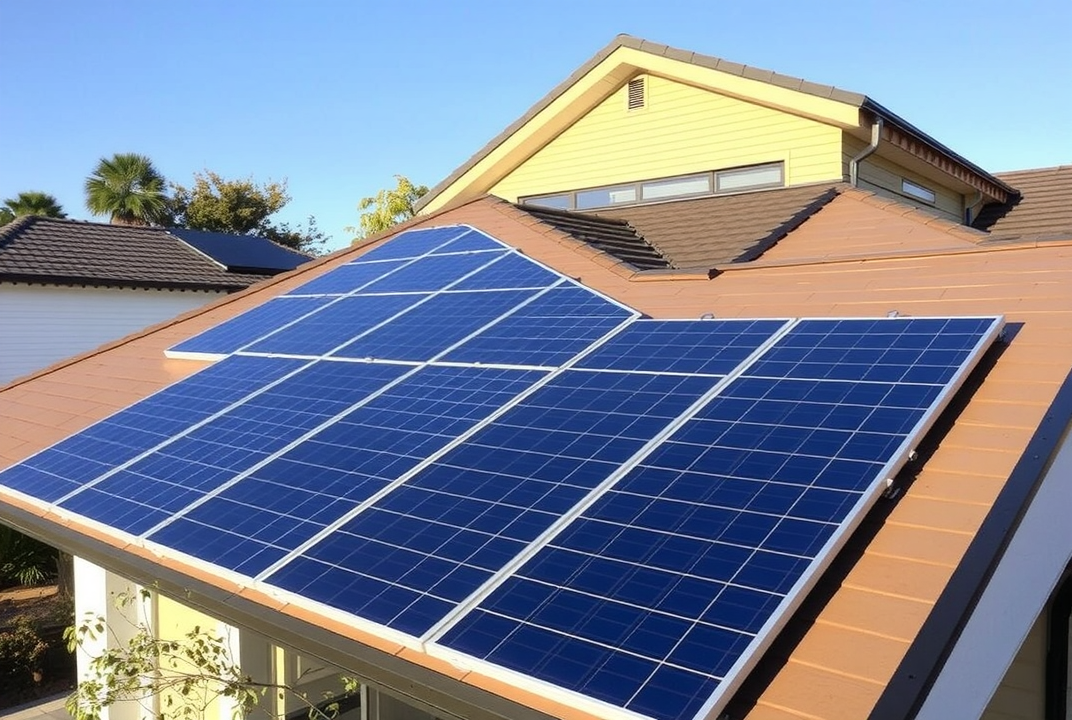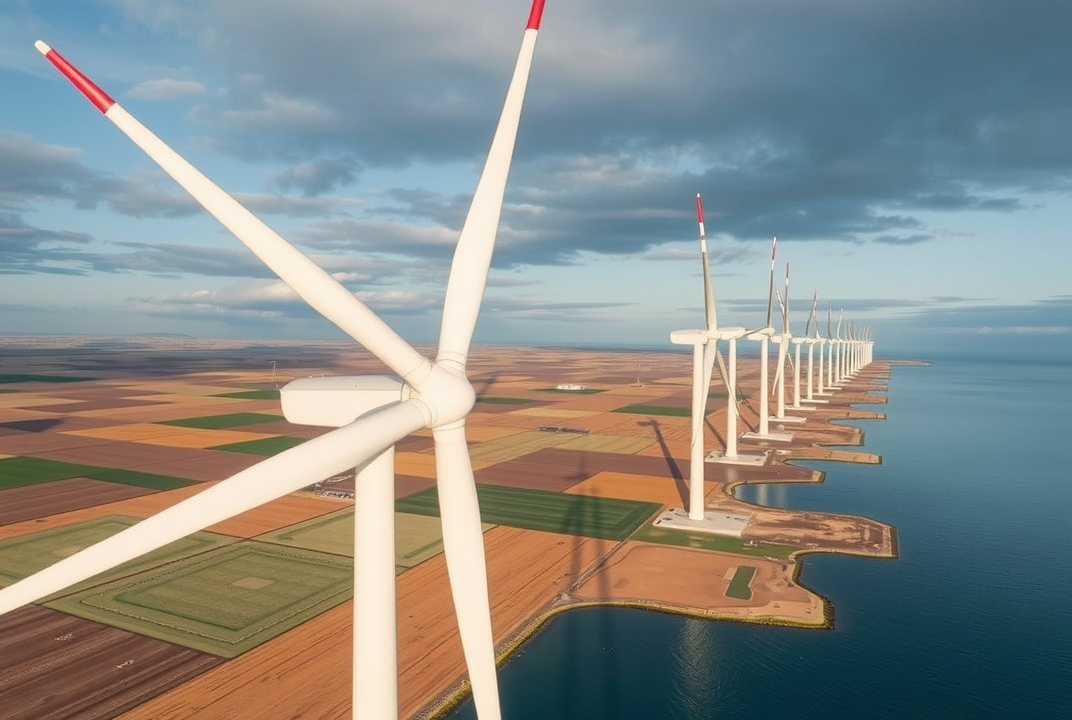Launching Renewable Ventures: Building a Greener Future

Introduction
Ever wonder how sunlight, wind, or water could power our future and your business? As our planet seeks cleaner alternatives to fossil fuels, renewable energy entrepreneurship is emerging as a key player. This field is creating opportunities for bright minds who are eager to harness natural resources and convert them into actionable power. It's about seizing the chance to make the world better while also finding a meaningful niche in the market.
This article will guide you through essential insights on launching your renewable energy venture, covering vital aspects such as the technologies involved, the business landscape, current trends, and practical steps to get started.
What is Renewable Energy Entrepreneurship?
Renewable energy entrepreneurship focuses on creating businesses that generate power using natural, sustainable sources—like the sun, wind, or water. These businesses aim to reduce reliance on fossil fuels and decrease carbon footprints. Entrepreneurs in this field innovate in technology and operations to provide eco-friendly energy solutions.
The Why Behind Renewable Energy
-
Environmental Impact: Using renewable sources can significantly cut down on greenhouse gas emissions.
-
Economic Opportunities: It opens doors for new markets and job creation.
-
Technological Growth: Advances in technology make these energy sources more efficient and accessible.
Types of Renewable Energy
1. Solar Power
Solar energy is harvested from the sun using photovoltaic cells or solar thermal systems. It's abundant and can be utilized in various applications from residential to industrial scales.
-
Advantages:
Low maintenance
-
Reduces electricity bills
-
Renewable indefinitely
-
Challenges:
High initial costs
Weather dependent

2. Wind Energy
Wind turbines transform wind's kinetic energy into electricity. It's one of the fastest-growing renewable energy technologies.
-
Advantages:
-
Cost-effective long-term
Clean fuel source
-
-
Challenges:
-
Noise and aesthetic concerns
Requires space
-

3. Hydroelectric Power
This type uses water flow to generate power through dams or river systems.
-
Advantages:
-
Reliable and consistent
-
Adjustable to demand
-
-
Challenges:
-
Environmental concerns
Limited locations
-

Steps to Start a Renewable Energy Business
1. Market Research
Understanding the renewable market landscape is critical. Research the needs and gaps within the industry to identify potential business opportunities. Use market analysis tools and consult experts to get a better picture.
-
Look into current trends and consumer demands.
-
Analyze competitors and their business model.
2. Develop a Business Plan
A well-structured business plan is crucial in detailing your business idea, financial projections, and operational strategies.
-
Define your value proposition.
-
Set clear long-term and short-term goals.
-
Outline funding requirements and how to meet them.
3. Secure Financing
Starting a renewable energy project often requires significant capital. Explore different funding options like government grants, private investors, or venture capital.
-
Create a compelling pitch deck.
-
Demonstrate potential returns on investment.
4. Choose the Right Technology
Select the most appropriate renewable technology for your venture, considering your geographical location, budget, and expertise.
-
Analyze technological feasibility.
-
Evaluate costs versus benefits.
5. Legal and Compliance
Understanding and adhering to regulations is essential. This includes obtaining necessary permits and licenses.
-
Consult with legal experts to ensure compliance.
-
Keep updated with changing laws regarding renewable energies.
Challenges in Renewable Energy Entrepreneurship
1. Technological Barriers
Innovations are critical, but developing efficient, cost-effective technology can be a hurdle.
-
Invest in research and development.
-
Collaborate with tech companies for innovative solutions.
2. Market Competition
The renewable sector is growing, increasing competition among startups.
-
Focus on unique selling propositions.
-
Forge partnerships to boost market presence.
3. Financial Risks
Initial setups can be costly, with returns not immediate.
Carefully plan budgets.
-
Explore diverse revenue streams.
Success Stories in Renewable Energy
1. Tesla's Solar Initiatives
Tesla, well-known for electric vehicles, has made strides in solar energy with products like solar roofs. They've demonstrated how integrating innovative technology with existing energy frameworks can revolutionize the market.

2. Vestas Wind Systems
As a global leader in wind energy, Vestas showcases how strategic investments and technological advancements can lead to success.
-
Commitment to sustainability
Consistent innovation

Future of Renewable Energy
The future is bright, yet challenges persist. Expect to see more investments in technology, policy drives, and increased consumer demands for cleaner energy solutions.
Why It Matters
-
Global sustainability: Essential for combatting climate change.
-
Economic growth: Opportunities for innovation and job creation.
-
Innovation: Driving smarter, more efficient energy solutions.
Conclusion
Harnessing the power of renewable resources is both a responsibility and an opportunity. Entrepreneurs willing to tackle the challenges and innovate will not only benefit their businesses but also contribute to a sustainable future. The journey requires dedication and a clear understanding of the market and technology. Begin with small steps today, assess the opportunities, and gear up for a rewarding venture into the green frontier.

